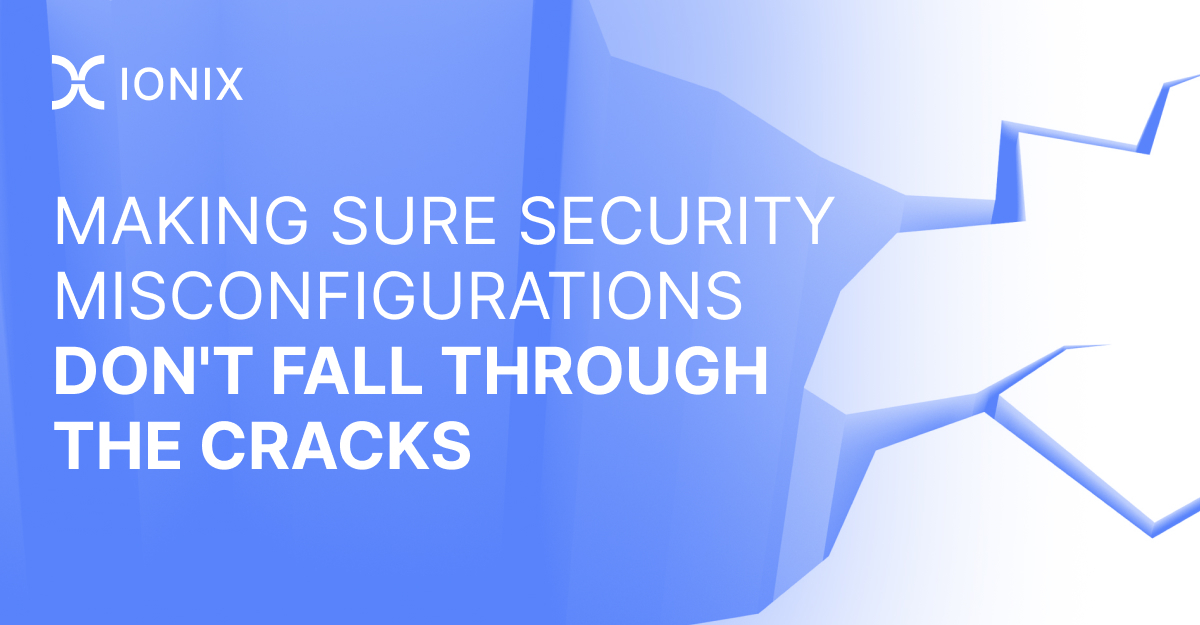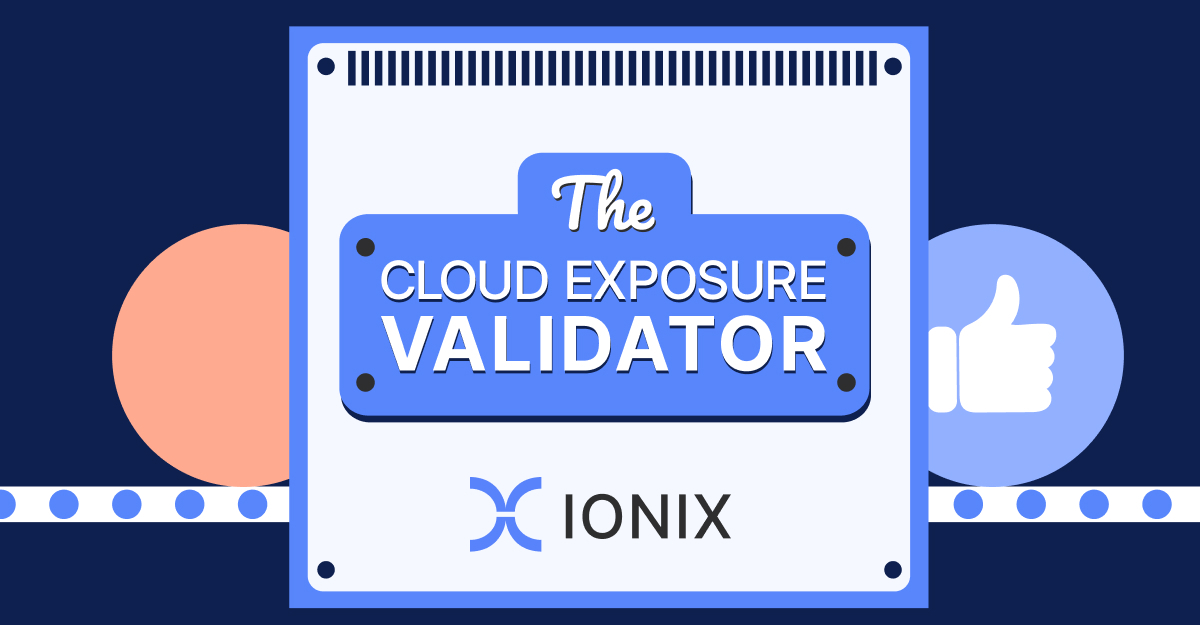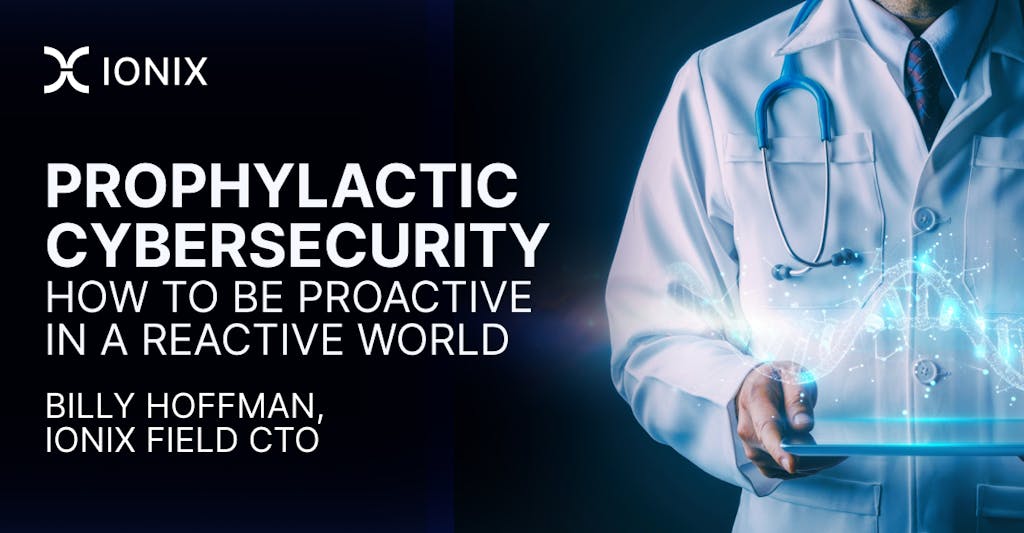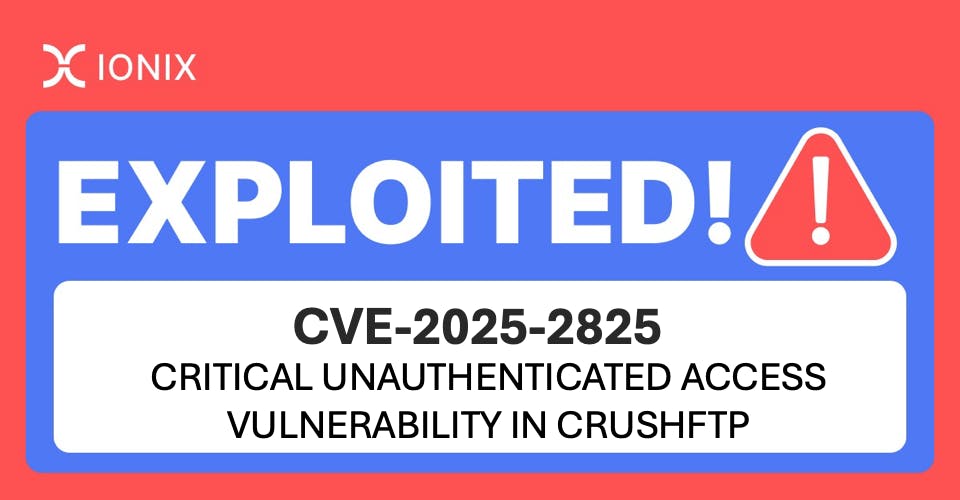Security Misconfigurations – Detection and Automatic Remediation

Security misconfigurations can open the door to potential cyberattacks, leading to data breaches, system compromises, and other severe consequences for organizations. In modern IT environments, including cloud infrastructure and other digital platforms, these misconfiguration vulnerabilities are becoming increasingly common and complex. Preventing and addressing security misconfigurations requires a collaborative effort across DevOps, DevSecOps, and security teams. In this article, we explore the roles and responsibilities of DevOps, DevSecOps, and SecOps and how they function together to prevent security misconfigurations.
In this article
Understanding Security Misconfigurations
Security misconfigurations occur when settings and configurations in an IT system are improperly set up, left at default values, or changed in a way that introduces vulnerabilities. These attacks on misconfiguration can happen at any stage of an application stack, including:
- Web servers and application servers
- Databases
- Cloud environments
- Network services
- Development platforms and frameworks
- Storage and virtual machines
Misconfiguration attacks may lead to unauthorized access, data leaks, system downtime, and other risks. As systems become more complex, particularly with the adoption of cloud computing and microservices architectures, the attack surface increases, making it essential to establish proper security configurations.
Understanding the Relationship Between DevOps, DevSecOps, and SecOps Teams
In a modern development and operational context, the roles of DevOps, DevSecOps, and SecOps teams often intersect. Understanding their relationship is crucial in effectively managing misconfiguration vulnerabilities:
- DevOps:
DevOps aims to enhance collaboration between development and operations teams to streamline the software development and deployment process. DevOps professionals are typically responsible for managing the infrastructure and deployment of applications, which includes configuring systems, software, and networks.
- DevSecOps:
DevSecOps extends the DevOps model to integrate security practices into the development and operational processes. DevSecOps professionals work to ensure that security is embedded throughout the application lifecycle, from development to deployment and beyond.
- SecOps Teams:
Security teams focus on identifying, analyzing, and mitigating security risks across the organization. They work closely with other teams to provide guidance, develop security policies, and implement security measures.
Effective collaboration among these teams is essential for preventing and addressing security misconfigurations. Communication, mutual understanding, and clear responsibilities contribute to a strong security posture across the organization.
Responsibilities in the Development Lifecycle
Security misconfigurations can arise at various stages of the development lifecycle, from the initial coding phase to deployment and operation. Different teams contribute to preventing and addressing these misconfigurations in specific ways at each stage:
Development Stage
- DevOps Teams:
DevOps teams play a critical role in ensuring secure software and infrastructure setup from the outset. They work to implement security best practices, such as defining secure baseline configurations and establishing secure environments for development and testing. DevOps also collaborates with developers to streamline the process of securing application deployment pipelines.
- DevSecOps Professionals:
DevSecOps professionals collaborate closely with developers to integrate security practices directly into the code and configuration files. This includes applying secure coding standards, implementing access controls, conducting static analysis, and enabling code reviews. They also focus on automating security checks to identify issues early in the development process.
Testing Stage
- DevOps and DevSecOps Teams:
During the testing phase, DevOps and DevSecOps teams jointly conduct thorough testing to identify potential security misconfiguration vulnerabilities. This includes executing security scans, performing dynamic application security testing (DAST). Advanced penetration tests are typically conducted by specialized security teams, such as Red teams, to validate application security.
- SecOps:
Security teams bring their specialized expertise to this phase by helping to design effective test cases and review results. They provide guidance on addressing identified issues and offer insights on emerging threats and compliance standards.
Production Stage
- DevOps Teams:
In the production environment, DevOps teams oversee the deployment and maintenance of applications and infrastructure. They work to ensure systems operate securely and efficiently, deploying patches and updates as needed and monitoring the health and performance of the systems.
- DevSecOps Teams:
DevSecOps teams focus on continuous monitoring and threat detection in the production environment. They leverage real-time monitoring tools to quickly detect and respond to security events, minimizing the impact of potential breaches.
- SecOps Teams:
Security teams play an ongoing role in guiding the overall security strategy and ensuring compliance with security policies and regulations. They work closely with DevOps and DevSecOps teams to investigate and respond to incidents, assess risks, and adjust security policies and procedures as necessary.
Together, these teams collaborate to create a cohesive approach to securing systems throughout their lifecycle. By working in tandem, they proactively manage risks and enhance the overall security posture of the organization.
Maintaining Security Policies: Flow of Communication
Maintaining strong security policies requires clear communication and collaboration between DevOps, DevSecOps, and security teams. Strategies such as establishing clear channels of communication, regular meetings and check-ins, documentation and knowledge sharing, and training and education are key to maintaining DevSecOps responsibilities.
Here are some strategies for ensuring smooth communication and collaboration:
- Establish Clear Channels of Communication:
Create dedicated communication channels for Security, DevOps, and DevSecOps teams to share information, updates, and concerns. Tools like chat platforms, project management software, and issue-tracking systems can facilitate ongoing dialogue and collaboration.
- Regular Meetings and Check-Ins:
Hold regular meetings between teams to discuss security policies, potential vulnerabilities, and ongoing projects. These check-ins provide an opportunity to align on security priorities, assess risks, and review policy updates.
- Documentation and Knowledge Sharing:
Maintain comprehensive and up-to-date documentation on security policies, best practices, and incident response plans. Sharing this knowledge with all relevant teams ensures everyone is on the same page and understands their responsibilities.
- Feedback Loop:
Establish a continuous feedback loop between teams to learn from past incidents and improve security practices. Encouraging open communication helps identify areas for improvement and fosters a culture of security awareness.
- Training and Education:
Regularly provide training and educational sessions for all teams on security policies, emerging threats, and best practices. This helps ensure everyone understands the importance of adhering to security policies and how to apply them in their work.
- Escalation Procedures:
Clearly define escalation procedures for handling security incidents or breaches. Ensure that all teams know when and how to escalate issues to the appropriate level for prompt resolution.
- Cross-Functional Collaboration:
Encourage collaboration across teams on security-related projects, such as incident response exercises or security reviews. This cross-functional approach helps build relationships and promotes a shared understanding of security responsibilities.
Managing Risks With Continuous/Automated Detection and Management
Continuous monitoring and automated detection are crucial for identifying and preventing security misconfigurations in real time. Organizations can leverage technology to automate many aspects of security management, including:
- Vulnerability Scanning:
Automated vulnerability scanners can continuously scan applications, systems, and networks to identify known vulnerabilities and misconfigurations. These tools provide real-time alerts and reports, allowing security teams to prioritize and address issues promptly.
- Attack Surface Management:
Automated attack surface management tools continuously identify, monitor, and manage an organization’s attack surface. These tools provide visibility into all assets, including shadow IT and exposed services, enabling security teams to proactively address potential entry points before they can be exploited by attackers.
- Configuration Management:
Automated configuration management tools ensure that systems adhere to defined security policies and standards. These tools can detect deviations from baseline configurations and automatically correct them, reducing the risk of attacks on misconfiguration.
- Intrusion Detection and Prevention Systems (IDPS):
IDPS monitor network traffic and system activities for signs of suspicious behavior or potential attacks. By leveraging machine learning and rule-based systems, IDPS can identify threats and take proactive measures to block or mitigate them.
- Security Information and Event Management (SIEM):
SIEM solutions aggregate and analyze security data from various sources, providing a comprehensive view of an organization’s security posture. These tools can detect anomalies and correlate events across different systems, helping teams identify potential misconfiguration attacks quickly.
- Patch Management:
Automated patch management solutions streamline the process of applying updates and patches to software and systems. Regularly updating and patching systems reduces the risk of exploitation of known vulnerabilities.
- Real-Time Alerts and Notifications:
Automated systems can provide real-time alerts and notifications to security teams, enabling them to respond swiftly to emerging threats. This allows for quicker decision-making and action to mitigate risks.
Continuous Detection and Management With IONIX
Continuous detection and management of security issues are essential for maintaining a secure and resilient environment. Security team roles and responsibilities are enhanced with the automated solutions provided by IONIX, which benefit both Security and DevOps teams by addressing vulnerabilities promptly and effectively.
- Clear Remediation Action Items:
IONIX generates clear and concise remediation action items for IT and non-security personnel. These action items are presented in plain language, making it easy for teams to understand and act upon them without extensive security training. This automated remediation for cloud misconfiguration accelerates the resolution of security issues and minimizes the risk of human error.
- Subsidiary-Focused Asset Association:
IONIX intelligently maps security risks to the appropriate teams within an organization based on asset ownership and association. This subsidiary-focused approach ensures that remediation tasks are assigned to the right team members who are best positioned to address the issues quickly and effectively. By passing relevant action items to the right teams, IONIX optimizes resource utilization and enhances overall security efficiency.
- Active Protection:
IONIX takes a proactive stance by automatically controlling exploitable assets before IT has the opportunity to manually intervene. This active protection reduces the window of exposure to threats and potential attacks, providing an additional layer of defense that safeguards your organization’s critical assets and data.
- Integrations With Key Tools:
IONIX integrates seamlessly with a range of popular security and IT tools, such as SIEM, SOAR, Jira, Splunk, and more. These integrations allow for streamlined management of alert notifications and efficient assignment of tasks to specific teams. As a result, your teams can work cohesively and efficiently across different platforms, reducing response times and enhancing overall security effectiveness.
By leveraging IONIX, organizations can create a robust security environment that is continuously monitored and managed. These automated solutions empower both Security and DevOps teams to stay ahead of potential threats, address issues swiftly, and maintain a strong security posture.
Strengthening Security with IONIX
Security misconfigurations pose significant risks to organizations, especially as IT environments become more complex. As companies increasingly rely on cloud infrastructure, microservices, and other digital platforms, the potential for security misconfigurations rises. To effectively address these risks, collaboration across DevOps, DevSecOps, and Security teams is essential.
By understanding the nuances of security misconfigurations and their impact throughout the development lifecycle, organizations can proactively prevent and address them. This involves clear communication, well-defined responsibilities, ongoing training and education, and implementing automated detection and management systems.
IONIX supports these efforts by offering automated solutions for continuous monitoring, vulnerability scanning, and remediation. Through seamless integration with key tools and actionable insights, IONIX helps organizations maintain a strong security posture and stay ahead of potential threats.






